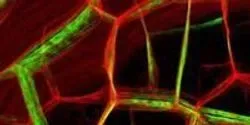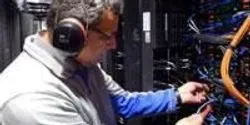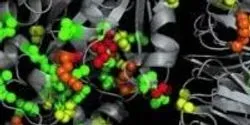Big Data

Workload handling software has broad potential to maximize use of available supercomputing resources.

From the ancient prophets of the Bible to Nostradamus in the Middle Ages to modern day “psychics,” people have always had a natural curiosity about the future, and just about everyone has speculated as to what it will be like. However, even modest predictions that seemed perfectly reasonable at the time have a way of missing the mark—the one thing that we know for certain about the future is that it will bring change in unexpected ways.

Acknowledging not only the growing need among scientists and engineers for resources that can help them handle, explore, and analyze big data, but also the complementary strengths of Caltech's Center for Data-Driven Discovery (CD3) and JPL's Center for Data Science and Technology (CDST), the two centers have formally joined forces, creating the Joint Initiative on Data Science and Technology.

Quantum computers are in theory capable of simulating the interactions of molecules at a level of detail far beyond the capabilities of even the largest supercomputers today. Such simulations could revolutionize chemistry, biology and materials science, but the development of quantum computers has been limited by the ability to increase the number of quantum bits, or qubits, that encode, store and access large amounts of data.














